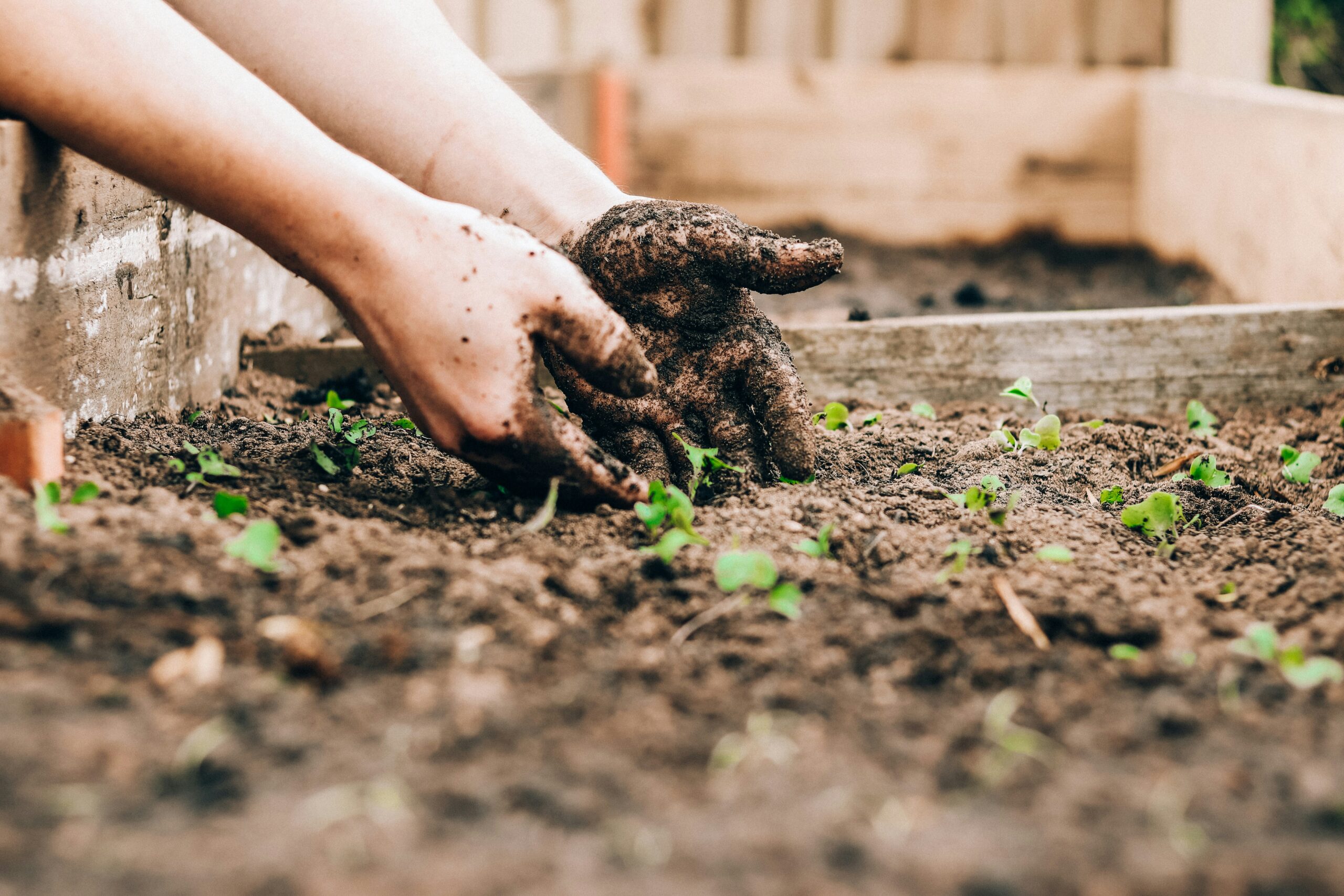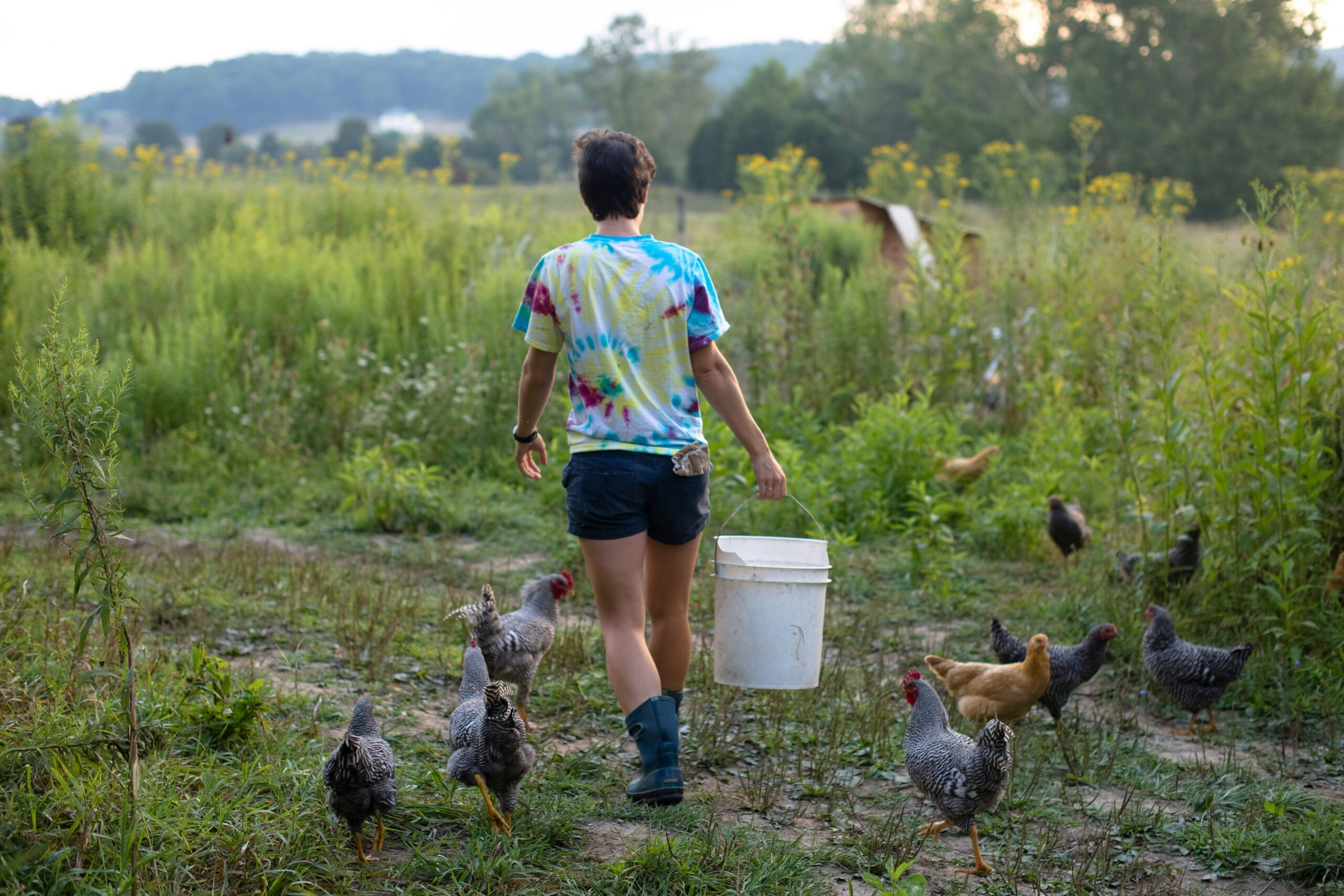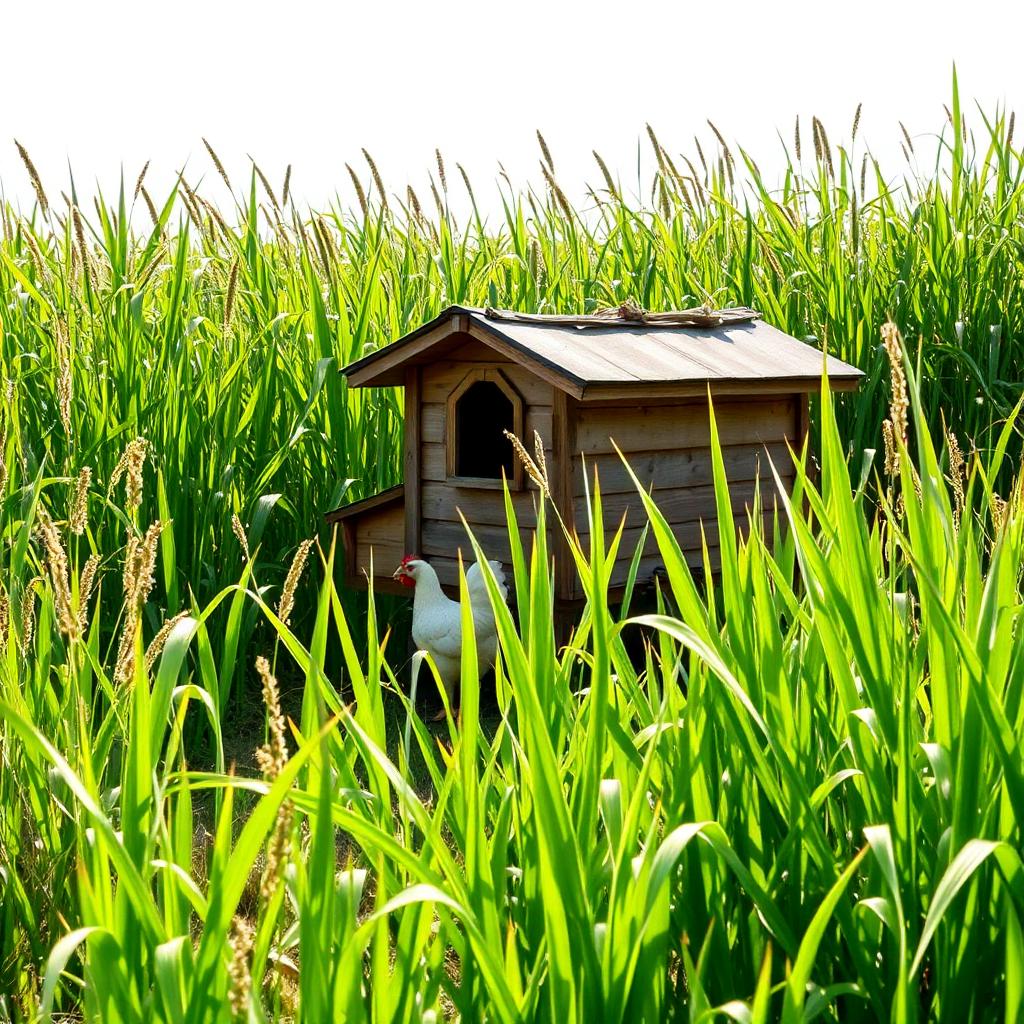
Spring heralds a time of renewal and growth, both in nature and in our gardens. As the days lengthen and temperatures rise, gardeners everywhere feel the call to prepare their plots for a season of flourishing plants and abundant harvests. Proper preparation is key to ensuring that your garden reaches its full potential. This guide offers step-by-step instructions on getting your garden ready for spring, from assessing the soil to planning your plantings.
1. Assess and Clean Your Garden
The first step in spring garden preparation is to take stock of your garden’s current state. Begin by cleaning up debris that may have accumulated over the winter months.
Remove Dead Debris: Clear away any dead leaves, plants, or sticks that litter the garden beds. This will help prevent the spread of disease and pests.
Prune and Trim: Spring is a good time to prune perennials and shrubs, removing dead or damaged branches to encourage healthy growth.
Weed Control: Early season weeding can prevent weeds from taking hold and competing with your garden plants for nutrients and water.
2. Test and Amend the Soil
Healthy soil is the foundation of a productive garden. Before planting, it’s important to understand your soil’s condition and make necessary amendments.
Soil Testing: Conduct a soil test to determine pH levels and nutrient content. This will provide insights into any deficiencies that need to be addressed.
Add Organic Matter: Incorporate organic matter such as compost or well-rotted manure into the soil. This enhances soil structure, boosts nutrient content, and promotes beneficial microbial activity.
Adjust pH Levels: If needed, add lime to raise soil pH or sulfur to lower it, aiming for an optimal pH range around 6.0 to 7.0 for most garden plants.
3. Plan Your Garden Layout
A well-thought-out garden plan helps maximize space and improves plant health.
Companion Planting: Consider plants that grow well together, such as tomatoes and basil or carrots and onions. Companion planting can improve yield, deter pests, and manage soil nutrients more effectively.
Crop Rotation: Practice crop rotation by changing the locations of vegetable families each year. This helps break cycles of pests and diseases and optimizes soil fertility.
Sunlight Requirements: Organize your garden layout based on sunlight needs, ensuring that sun-loving plants are placed in the fullest light areas.
4. Start Seeds Indoors
For many vegetables and annuals, starting seeds indoors can give you a head start on the growing season
Choosing Seeds: Select high-quality seeds for the best germination rates and success.
Sowing Seeds: Use seed-starting mix and trays to sow seeds, keeping them moist and warm until they’re ready for transplanting.
Hardening Off: Gradually acclimate seedlings to outdoor conditions by placing them outside for increasing amounts of time each day before transplanting them to your garden beds.
5. Prepare the Tools and Structures
Having the right tools ready will make gardening tasks easier and more efficient.
Tool Maintenance: Clean, sharpen, and oil garden tools such as pruners, trowels, and rakes to ensure they are in good working condition.
Irrigation Systems: Inspect and repair drip irrigation or sprinkler systems to ensure they function properly.
Install Support Structures: Set up trellises, stakes, or cages for plants like tomatoes and cucumbers that need support as they grow.

6. Enhance Biodiversity and Beneficial Insects
Encouraging biodiversity and attracting beneficial insects can help maintain a healthy garden ecosystem.
Planting a Variety of Species: Cultivate a diverse range of flowers, herbs, and vegetables to attract pollinators and beneficial insects such as ladybugs and bees.
Incorporating Native Plants: Use native plants in your garden, as they are well-adapted to local climate conditions and provide essential resources for native wildlife.
Creating Habitats: Install features like birdhouses, bat boxes, or insect hotels to foster habitats for garden visitors.
7. Monitor Weather Conditions
Being mindful of weather changes is crucial for timing your garden tasks.
Frost Dates: Know your region’s last frost date and plan your planting schedule accordingly to avoid unexpectedly cold temperatures.
Soil Temperature: Use a soil thermometer to check that soil temperatures are suitable for planting warm-weather crops.
Conclusion
Preparing a garden for spring is an investment in a season of growth and abundance. By addressing soil health, planning plant arrangements, and ensuring your tools and strategies are in place, you create a nurturing environment for your plants. Encouraging biodiversity, being mindful of weather conditions, and starting seeds early all contribute to a flourishing garden. With these steps, you set the stage for a rewarding gardening season and a vibrant, productive garden. Happy gardening!




